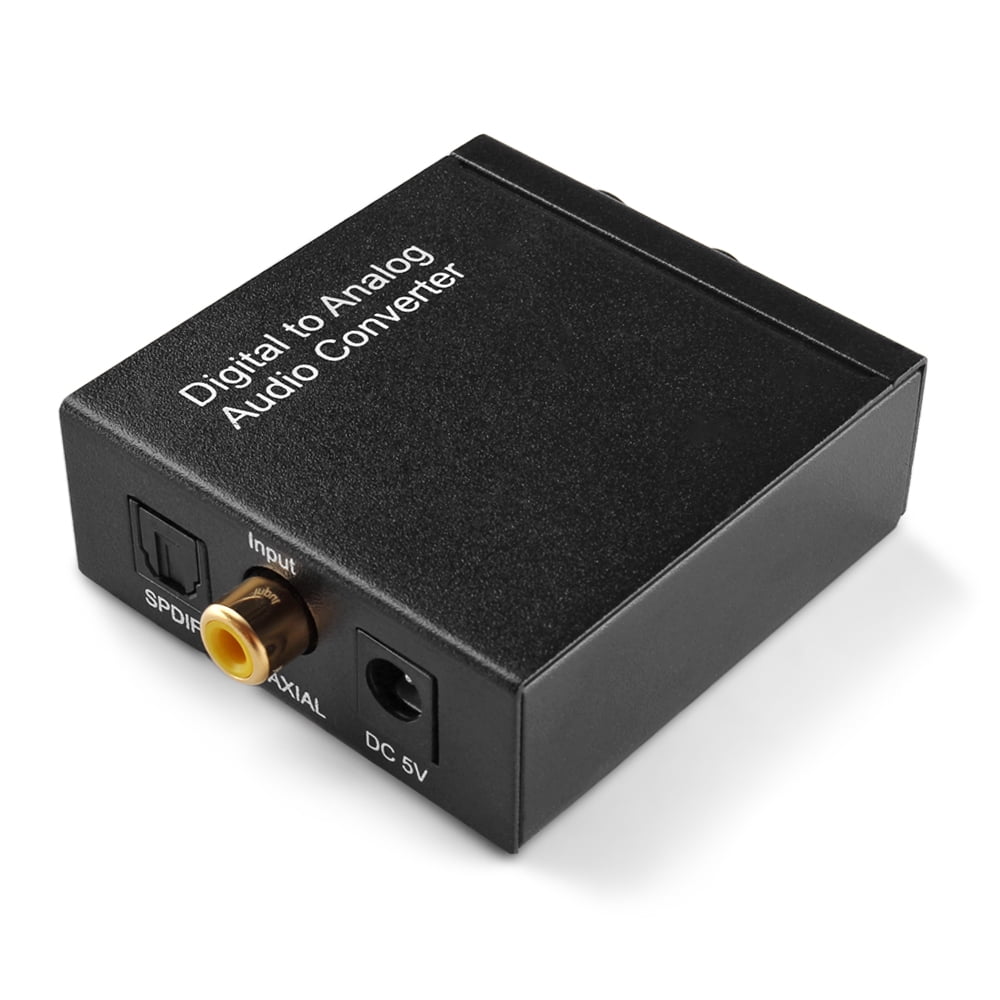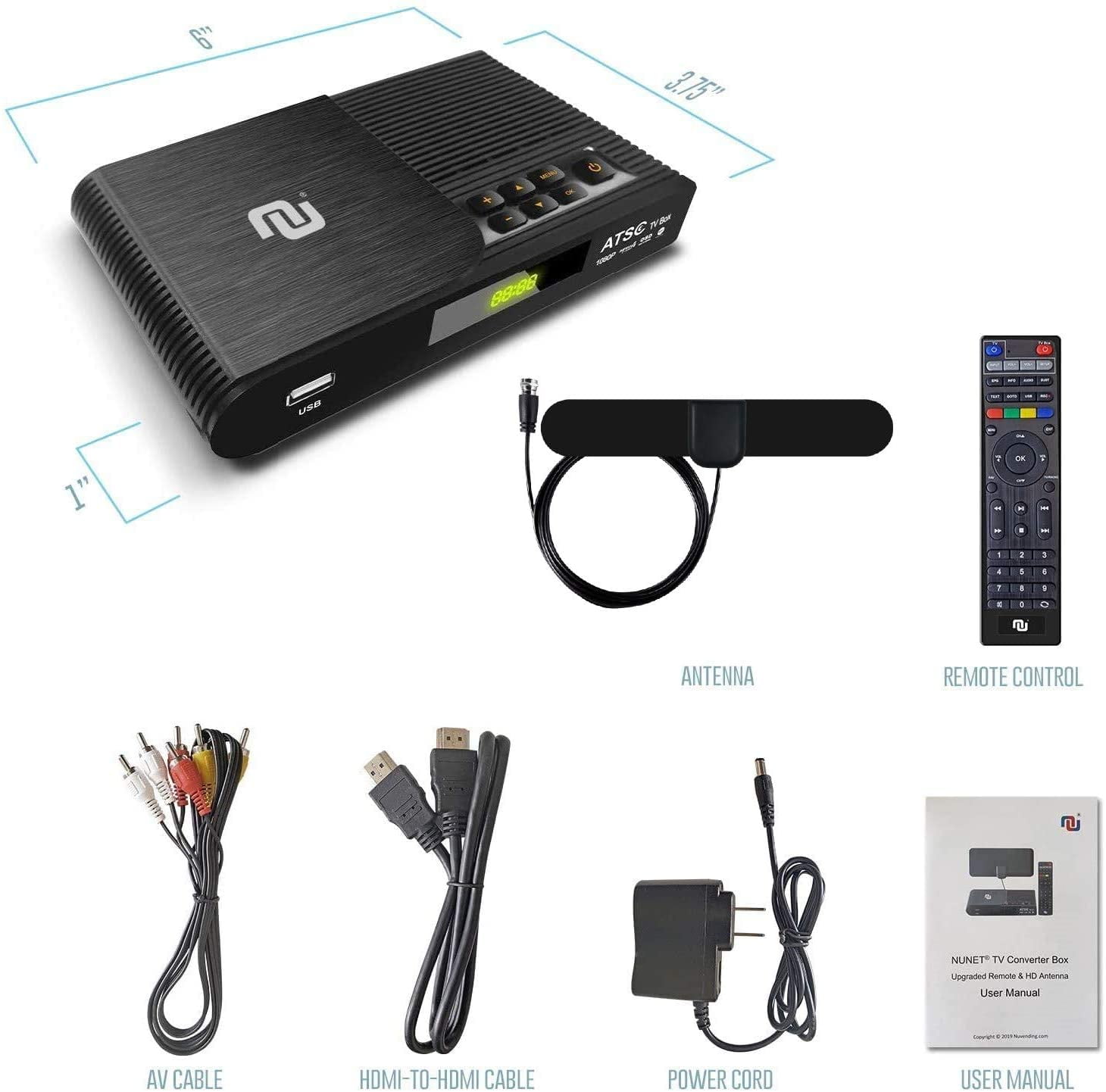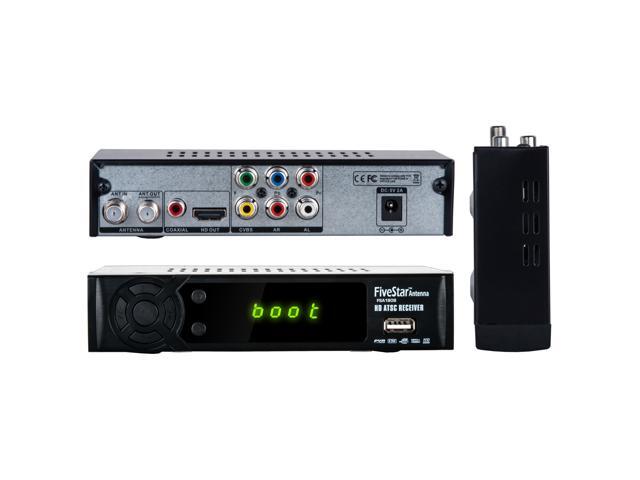

The zoom feature zooms in a little too far, so parts of the image get cut off. The only time we couldn't get our preferred viewing mode was on stations that broadcast a letterboxed image in a 4:3 window. On analog TVs, wide-screen programs can be displayed in letterbox format (black bars on the top and bottom of the image), zoomed (full screen, but it chops off the left and right parts of the image), or fill mode (no black bars or chopped off image, but the aspect ratio is distorted.) On wide-screen TVs, we were happy to see that we could get the full picture from true wide-screen programs. First, make sure your box is set correctly for your TV-either 4:3 for a standard analog set, or 16:9 for a wide-screen TV. That's better than nothing, but the Dish Network TR-40 CRA shows much more program information at once, and we even prefer the somewhat limited "What's Next" screen on the RCA DTA800 to Apex's arrangement.Īspect ratio is handled decently on the DT250.


If you press the guide button, four blue rectangles will appear at the top of the screen, three of them telling you the current and next two shows on the channel you're watching, and the large rectangle below giving information about the show. The Apex DT250 does include an EPG, which is a good thing, but it's very basic.

For example, the Apex displayed the initial setup options in a grid, instead of asking simple sentence-based questions like "Do you have a wide-screen or standard TV?" The initial automatic channel scan also seemed slower than most other DTV boxes we've reviewed-but at least a channel scan isn't something you have to perform frequently. Setup wasn't that difficult, but the setup menus employed less friendly hand-holding than some other converter boxes we've tested. If you're looking for an easy-to-use remote with large buttons that can control a TV, perhaps for a senior citizen, check out the RCA DTA800 instead. Aside from button placement, we were disappointed to find that the remote can't be programmed to also control a TV, so you'll have to fumble with two remotes to get things working. In addition, the buttons are a little on the small side and there isn't much button differentiation. What makes that even more confusing is the pair of button rockers toward the bottom, which we intuitively expected to be the channel and volume rockers. There's a centrally located directional pad-which is nice-but it's also designed to double as both channel and volume control. We weren't fans of the included remote control.


 0 kommentar(er)
0 kommentar(er)
